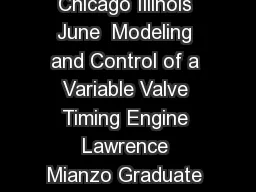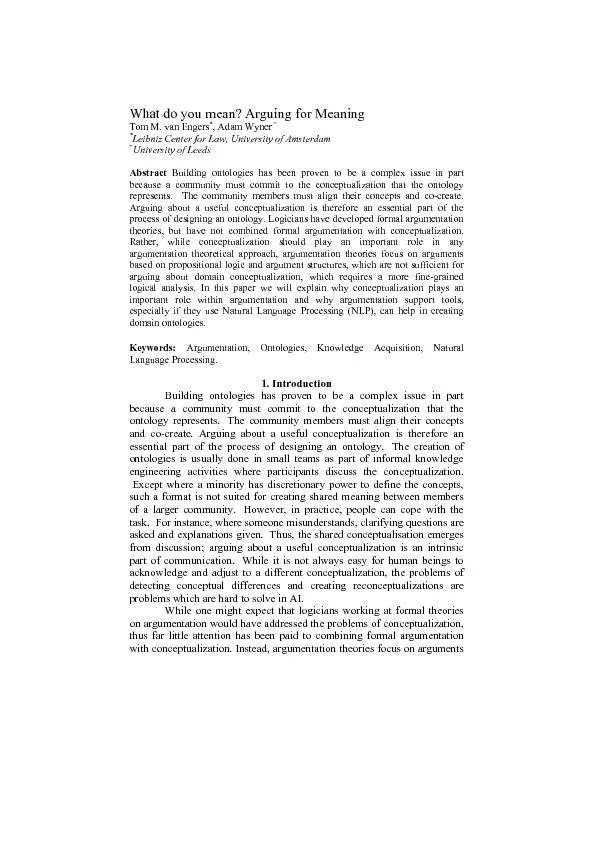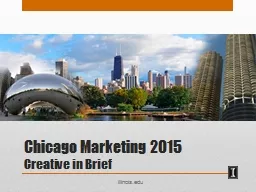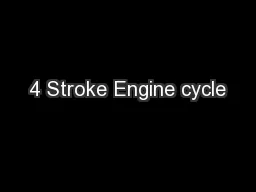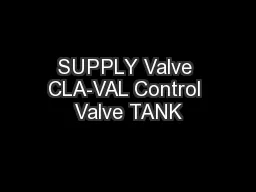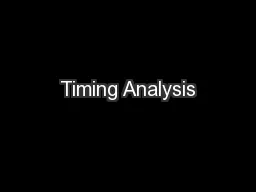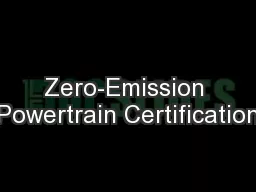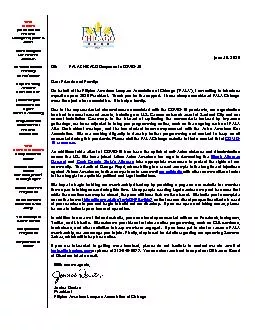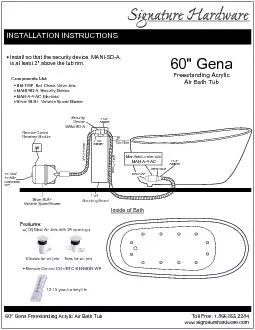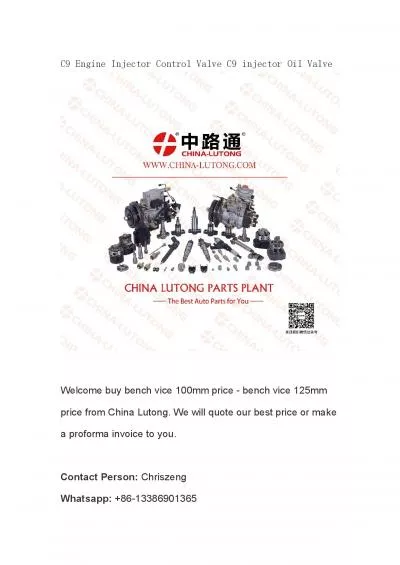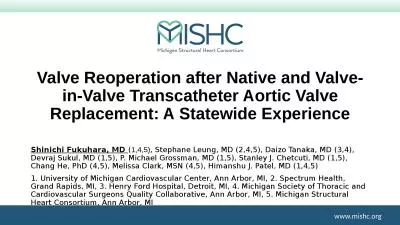PDF-Proceedings of the American Control Conference Chicago Illinois June Modeling and Control
Author : lois-ondreau | Published Date : 2014-12-22
com Huei Peng Associate Professor University of Michigan Department of Mechanical Engineering and Applied Mechanics Ann Arbor MI 481092125 hpengumichedu Abstract
Presentation Embed Code
Download Presentation
Download Presentation The PPT/PDF document "Proceedings of the American Control Conf..." is the property of its rightful owner. Permission is granted to download and print the materials on this website for personal, non-commercial use only, and to display it on your personal computer provided you do not modify the materials and that you retain all copyright notices contained in the materials. By downloading content from our website, you accept the terms of this agreement.
Proceedings of the American Control Conference Chicago Illinois June Modeling and Control: Transcript
Download Rules Of Document
"Proceedings of the American Control Conference Chicago Illinois June Modeling and Control"The content belongs to its owner. You may download and print it for personal use, without modification, and keep all copyright notices. By downloading, you agree to these terms.
Related Documents

